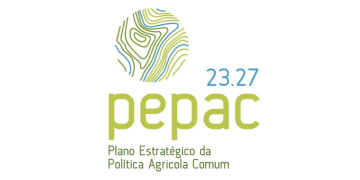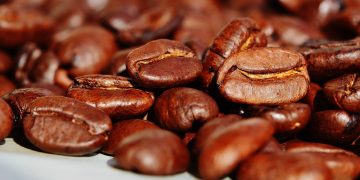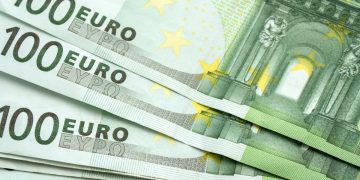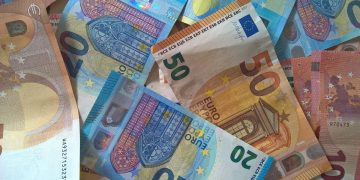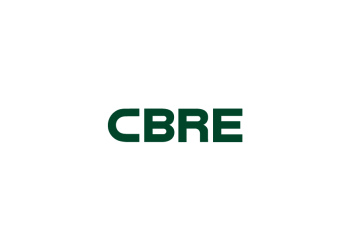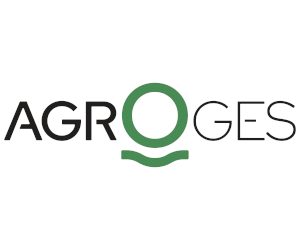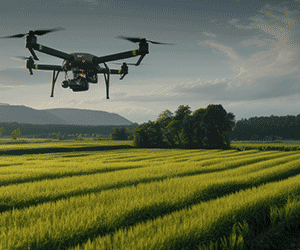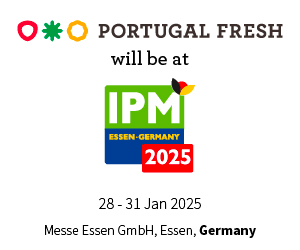My attention was caught by a post on X (formerly Twitter) this week from Franz Sinabell, economist at the Austrian Institute for Economic Research. He reproduced a graph based on European Central Bank data showing the evolution of the nominal effective exchange rate for the euro over time. As can be seen from the post below, this shows a steady, if uneven, upward trend indicating a gradual appreciation of the euro, reaching a peak in August 2024. Franz commented that “Sectors that earn money on international markets – e.g. with agricultural goods or food – are currently not having an easy time”.
The post brought home to me how little attention exchange rate movements seem to get in discussions of EU agricultural competitiveness. The nominal effective exchange rate (NEER) is calculated as an index of the trade-weighted average of the bilateral exchange rates of the euro with its major trading partners. It is a summary measure of a currency’s external value. Over time, the euro has appreciated in value. Other things being equal, exporting becomes more difficult when the currency appreciates while imports become relatively cheaper. As Franz highlights, this puts pressure on internationally-traded sectors.
Nominal vs. real exchange rates
However, not everything remains equal. In particular, price levels can change between countries as a result of different inflation rates, which in turn can be an important driver of changes in nominal exchange rates. We can derive the real effective exchange rate (REER) by adjusting the nominal index by the changes in relative costs or prices between the euro area and its trading partners. The REER is a better indicator of the international price and cost competitiveness of an economy.
The intuition is as follows. If a euro area food company is exporting to the US and the euro appreciates against the dollar, then the value of these US sales in euro decreases when the sales revenue is converted from dollars to euro. However, if the US has a higher rate of inflation than the euro area, then the euro area exporter can charge a higher price for their exports. This will offset, and may even exceed, the loss due to the exchange rate movement. This is why adjusting the nominal effective exchange rate by relative price changes provides a better indicator of competitiveness impacts.
Figure 1 shows the movements in both nominal and real effective exchange rates for the euro using monthly data (as price indices are only available monthly) and for the past decade (so, a shorter period than what Franz showed in his post). The upward movement in the nominal value of the euro (NEER) is evident, although with periods when the upward trend was reversed. However, the trend in the real effective exchange rate REER is less clear. If we take October 2014 as the starting point, then the index for September 2024 is hardly different. Abstracting from the sharp swings in the first three years of the decade, the overall impression is of broad stability in the overall price competitiveness position of euro area exporters and importers in recent years.
Brazilian case study
This does not mean that exchange rate movements are irrelevant. Effective exchange rates are trade-weighted averages of the bilateral exchange rates with individual trading partners. Movements in bilateral exchange rates can help to explain changes in trade flows with individual trading partners.
An example might be changes in the bilateral exchange rate between the Brazilian real and the euro. In the debate about the merits or otherwise of the EU-Mercosur free trade agreement, there is huge focus on what tariff reductions might mean for competitiveness, but almost no attention is paid to exchange rate movements which potentially can be more important. As an example, Figure 2 shows the movements in the bilateral nominal and real exchange rates between the Brazilian real and the euro. Trends are again shown on a monthly basis for the last ten years.
Looking at the nominal exchange rate, the euro has doubled in value compared to the real over the past decade, from being worth 3 reals in 2014 to 6 reals today. If there were no differences in inflation rates, EU products would have become twice as expensive on the Brazilian market and Brazilian products would be twice as cheap on the EU market compared to ten years ago, a massive competitiveness loss.
Using the real exchange rate to take account of differences in inflation rates, there is still a loss of competitiveness over the ten-year period but now more moderate. In real terms, the euro is 50% more valuable in September 2024 compared to October 2014 rather than twice as much. So Brazilian exports are more competitive, but not as much as might first appear only by looking at the nominal exchange rate.
We can also underline that this has not been a steady process. If we were to take 2020 as the starting point, EU exporters have steadily gained competitiveness against Brazilian producers since then, although there has been a reversal of that trend over the past twelve months. Fluctuations in exchange rates can make a significant difference to the profitability of international trade.
Conclusions
Franz Sinabell’s tweet rightly highlights the importance of exchange rates for international trade. The effective exchange rate is a composite index that captures the overall value of a country’s currency. Using the real effective exchange rate that also integrates changes in relative prices between trading partners is a more useful indicator of relative competitiveness.
However, it is still not necessarily an accurate indicator to measure agricultural trade competitiveness. The European Central Bank calculates the effective exchange rates using trade weights that reflect the relative importance of different trading partners in overall merchandise and services trade (see this link for the methodology). The relative trade importance of agricultural trading partners is very different. An agricultural trade competitiveness indicator would weight movements in bilateral exchange rates using agricultural trade weights rather than overall trade weights.
The USDA has been publishing precisely such an agricultural exchange rate dataset for years (follow this link, while the methodology is described at this link). The dataset provides information on the overall price competitiveness of the US agriculture and food sector in international markets. Nominal and real bilateral exchange rates are also provided for individual trading partners. The USDA dataset even goes further by breaking down price competitiveness by commodity. As US trade partners differ from commodity to commodity and product to product, and changes in exchange rates vary substantially across countries, the effective exchange rate that describes the relative value of the US dollar also differs by commodity.
No such dataset exists for the EU, despite its obvious usefulness. It would be a great addition to the DG AGRI agri-food data portal to make such a dataset available. Such information would also be helpful to the newly-established Agri-Food Chain Observatory in its work enhancing price transparency, understanding cost structures and the distribution of margins and value added along the food chain. If you think this is a good idea, lets have your views in the comments section.
This post was written by Alan Matthews.
O artigo foi publicado originalmente em CAP Reform.





